PROTECT YOUR DNA WITH QUANTUM TECHNOLOGY
Orgo-Life the new way to the future Advertising by Adpathway
I talked to Mike Bollinger, Seed Savers’ executive director, and Sydney Weldon, their evaluations and trials manager, who leads the ADAPT program, a community-driven trialing initiative, that connects gardeners and farmers across the U.S. with unique open-pollinated crops from Seed Savers’ extensive seed bank.
I suspect most every gardener knows Seed Savers for its seed catalog of irresistible open-pollinated varieties. But Mike and Sydney told me about other projects like ADAPT and more that we can all engage with.
Read along as you listen to the Aug. 4, 2025 edition of my public-radio show and podcast using the player below. You can subscribe to all future editions on Apple Podcasts (iTunes) or Spotify (and browse my archive of podcasts here).
‘participatory preservation’ with seed savers exchange
Download file | Play in new window | Duration: 00:27:16
Subscribe: Apple Podcasts |Spotify
Margaret Roach: Hi, Mike and hi Sydney; happy golden anniversary to you. In a previous episode of the podcast, I featured one popular element of Seed Savers Exchange, its original component that’s simply called the Exchange, sort of a giant virtual seed swap where people can share varieties they’re growing and stewarding with one another. But that’s by no means the only participatory community-science program or participatory program at Seed Savers, or the only way to get involved.
So I wanted to talk about more of them. I find it very interesting that even as long as I’ve known Seed Savers, I didn’t know about all of these dimensions. So I know Seed Savers has the largest non-governmental seed bank in the U.S. with something like 20,000-plus varieties, but you can’t do it alone, this massive task of preservation of all this genetic heritage.
So Mike, maybe you can start us off by reminding us of the mission of Seed Savers, and then also explain about what I believe you call “participatory preservation,” why it matters; programs like the ones we’re going to talk about today.
Mike Bollinger: Yeah, yeah, it’s a great question and I think that it really goes back to the kind of founding ethos of Seed Savers Exchange and the way that I’ve always heard Seed Savers Exchange referenced, and especially in the context of the Exchange, as “a people’s organization.” And so this work was always about people coming together and sharing seeds with each other, and sharing stories and heritage, in an effort to be able to keep those communities vibrant and resilient, with the idea ultimately that the more people that were growing out these seeds in their gardens, the safer that they were.
And so this is really, the ADAPT program is a really incredible component of that because it’s another way to meet people where they are. And so as we were thinking about our strategic priorities as an organization, that first priority or focus area is community-based biodiversity preservation.
And not everyone is a seed saver. I feel like seed saving is something that is a skill that goes beyond gardening. And so the beauty of the ADAPT program is really I think that we’re not asking people to save seed, and you don’t have to be a seed saver in order to be able to participate in this really valuable science-based work that Sydney is facilitating and managing through this program.
Margaret: So Sydney, let’s dig into a little bit about what ADAPT is; how does it work specifically as one example of Seed Savers Exchange’s participatory preservation efforts? What happens? How do people get involved in it?
Sydney Weldon: Yeah, so like we mentioned, ADAPT is like a nationwide crop variety trialing program under our community-science umbrella here at Seed Savers. And so we invite folks from all over the country, community gardens, seed libraries, gardeners, farmers, researchers, growers of all types to trial these varieties from the seed bank. We focus on flowers and food crops.
And so through the program folks, they hear from me in the dead of winter, early January, to figure out which crop trials we are offering that year. And so they select which crop varieties they’re interested in, and from a greater list of varieties that we’re trialing in that year, participants will receive three different varieties. And we ask that they grow them side-by-side in the same growing conditions, and that they try to aim for at least three plants of each variety.
And so we use this platform called SeedLinked. It’s a web and mobile platform that we’ve been partnering with since 2018, and their participants are able to log their observations of these varieties in the garden. They’re looking at things like vigor and yield, disease resistance, drought tolerance—which is especially important these days, at least here in Northeast Iowa.
And one aspect of SeedLinked that I just truly enjoy is the live community-feed feature. And so folks are able to share photos of how things are performing. They’re able to ask for growing advice. Folks are having issues with raccoons and deer [laughter], and so folks are able to comment and let them know what they’re doing in their gardens and what’s been working and what hasn’t been. They’re able to share their garden stories, and perhaps most excitingly to me as someone who grows vegetables all day but doesn’t necessarily have the zest to cook in the evenings, people are sharing really beautiful recipes of how they’re preparing their bounty this season, which has been really inspiring.
Margaret: And speaking of participatory preservation, we should shout out SeedLinked in general. I mean, that’s just an incredible example and you’re one of the sort of I don’t know if the word is partners or contributors or however to describe it—collaborators in SeedLinked—but that’s been an incredible thing to see get going the last few years.
Mike: Yeah. Nico Enjalbert lives just over an hour from here, and I would call him all of those things: a partner, a collaborator, and a friend. It’s really that interaction has facilitated this program being great as well as just a lot of ideas and inspiration about how to engage with community and with people to help facilitate us learning more about how crops perform in different parts of the country and in different microclimates.
Margaret: Right. And that’s so important, especially in these quickly changing times. You’re in Iowa, and even if you had the manpower and the acreage and whatever to grow out every single one of those treasures in your seed bank, as needed, to keep a viable supply of every single one, whatever, those seed would only be adapted—since seeds are alive and adaptive to where they are grown and so forth over time—I mean, you would have a strain, the Iowa strain of everything [laughter]. But you wouldn’t know, and your observations would only be, “Hey, this didn’t work well for us,” or, “Hey, this was earlier than we thought, or later than we thought to produce,” or as you said before, drought. All of these things, the observations, would be very site-specific to one place, and that’s not going to help the preservation of these varieties, or help people around a larger area grow them, to know which ones to grow.
Mike: Yeah, and I think the participation and growth in that, I think speaks volumes to the magnitude of interest in this program. Sydney, maybe you want to talk a little bit about how many participants we have and what those distribution packets look like?
Margaret: And what are some of the wild and crazy things you’re growing [laughter], that they’re all trialing, what kinds of crops?

Margaret: Wow.
Sydney: …snow peas, beefsteak tomatoes, Siberian kale and melons. So we try to offer a diverse range of crops, things that are warm-season, cool-season. If you don’t have a lot of growing space, we always try to include crops that are good for containers or smaller areas. We also like to offer things like roots, foliage, fruits, flowers. We try to get a diversity of those as well.
And so last year, in 2024, the ADAPT program had 650ish participants that were growing crops from the seed bank in their gardens. And this year between ADAPT and the USDA, we have 1,462 folks across the country from Alaska, Hawaii, Iowa, obviously, all over the country—Maine, California. And so we’re really able to see how these varieties are performing in all different kinds of environments.
This year we distributed almost 10,000 packets of seed to folks, and in total with all of those people and all of the trials that they signed up for, there’s almost 3,300 individual trials being conducted. [Above, and top of page, processing seed packets for the ADAPT program at Seed Savers Exchange.]
Margaret: Wow. Now, you listed some of the things that are being trialed this year. When you look—again, I think I said the number is more than 20,000 kinds of seed in the seed bank there in the collection, so to speak—how do you decide what to trial? What are the factors in deciding what to trial?

I mentioned the space considerations, and having a diversity of crops for people to trial, and I also like to sneak in some more unusual crops or crops that folks are not as familiar with. In 2024, we did a sorghum trial with Slow Food USA. That was a partnership that we had, and I just love sorghum. I love crops that are multipurpose, versatile, drought-tolerant. Both amaranth that we’re trialing this year and sorghum dry down really beautifully. And amaranth, you can eat the greens. Some are more grain varieties, where you harvest the larger seeds and incorporate them into a porridge or use them as a gluten-free alternative.
And so I really want to open people’s eyes to the different kinds of things they can grow in their garden. I mean, we all love a beefsteak tomato, but yeah, just getting people curious about things that can offer a lot of interest in the garden and in the kitchen. [Above, sorghum gone to seed. Below, amaranth ‘Green Giant.’]

Sydney: [Laughter.] Oh, absolutely. O.K. We’re super-interested in how do you like this variety. We’ve been hearing from a couple of folks in the ADAPT program directly via email, and one participant, Doreen, we’re good partners and she is letting us know that the ‘Golden Ponderosa’ beefsteak tomato is absolutely delicious. One of her chefs that she works with over in Pennsylvania bought up her whole supply for last week.
Margaret: Oh!
Sydney: Yeah. He didn’t care for the other ones, but he absolutely loved the ‘Golden Ponderosa,’ and so that’s awesome information for us. One of our goals with ADAPT—we have many, but one of them is to gauge community enthusiasm and look at that performance data. And hopefully that informs our regeneration priorities here for the seed bank, and also informs which varieties we put into our larger catalog that has a much larger reach. We want to share varieties that taste good and perform well, and hopefully get people excited to continue growing and trying new things, and hopefully one day feeling a deeper connection with those varieties and stewarding them themselves.
Margaret: If people want to get involved, it sounds like the signups happen in the new year, but is there like a waitlist, so to speak? Is there a place that we can give a link to or somewhere where they can be on the lookout for that or…?
Sydney: Absolutely. We have our 2026 interest signup, and so that’s on our website.
Margaret: Great.
Sydney: Yeah, folks can sign up for next year’s trials right now. As soon as we closed trials in January, I put the interest link up for the next year. People can just get on the list right away.
Margaret: Perfect. So Mike, other participatory things like this, as I said, I’ve talked on a previous episode about the Exchange itself, a sort of big seed-swappy kind of thing, but other things that you want to shout out a little bit?
Mike: We’re thinking about engagement across or meeting people where they are, and I think we have a number of ways to be able to do that. The ADAPT program is such a beautiful initiative, because like we’ve talked about here a little bit we’re not asking people to save seed, we’re just looking for observations and documentation and their feedback. And that has real value because so many of the things that we’re growing out, we need that additional information on.
With a collection in the seed bank the size that it is, and so many varieties that came in in those early years, the documentation isn’t always where we’d like it to be. And so outside of being a really fun program, it does serve real value to us in this work.
Another program that we have that is really incredible is the RENEW program. And so what we’re doing with RENEW is we are actually asking people to care for a seed, and there was kind of a time where Kent and Diane [Seed Savers’ co-founders Kent and Diane Ott Whealey], when they got started, were really looking at sending seeds out to folks, having them grow and save the seed and then send some back.
And I think that sometimes that worked well and sometimes it didn’t. Things could cross up, or there’d be a crop failure in a given year. And so that RENEW program is really just working with folks that are interested in saving seeds that have a little bit of experience, but we’re just sending them one variety.
Margaret: They have to have room for a larger number in order to do that; it’s not just growing one plant or something, are they?
Mike: Yeah. It’s not just one plant, but it’s not like an acre of squash or something like that.
Margaret: Right, right. So it’s a little bit bigger scale than what we were just talking about.
Mike: Yeah, exactly. And so that’s wonderful, because then that helps us do some of the multiplication work that we need in the seed bank, too. And then that ties back to us being able to increase accessibility to things that are in the seed bank and on offer through the Exchange. Then of course, it goes without saying, you did an episode on the Exchange, and that is just unlike any other opportunity to be able to engage with other folks.
I mean, with so many people growing and saving their own seed all across the country and listing those, I mean to have, depending on the year, somewhere between 15,000 and 18,000 different varieties being list by gardeners from all over the country, it’s kind of mind-blowing. And I think that that is something that, again, even if you’re not saving seed, it is a way to be able to connect with folks that are doing that. And so that’s the beauty of that virtual Exchange platform, too. And so I think that that’s a really great way to be able to participate and engage as well.
Margaret: Yeah. So are there any sort of sneak peeks, Sydney [laughter]? What’s going on besides that one tomato, or from last year’s, for instance? Were there any really big hits, for instance, that regardless of region or whatever, that were winners in a lot of places. Or some that, have there been observations where only in one region or another that something was a star? Any inferences that you’ve drawn that you want to shout out that ADAPT has proven to provide?

And this year in the spring radish trial—a lot of the trials are still getting going; right now people are just starting their bigger harvest of things—but earlier this season for the spring radishes, one variety really stood out. It was extremely bolt-resistant and tasted really well. It was called ‘Helro.’ So that’s just one that we’re excited about here.
And looking into the future, I’d really like to do more collection documentation. A small percentage of the collection has been evaluated here on the farm or elsewhere, and so we’d really like to engage the greater community in this work as much as possible. And SeedLinked has recently got some updated features due to their collaboration with the USDA, so we’re able to get things like phenology and morphology and measurements and things like that. And so I’m really hoping that the ADAPT community is interested in helping us characterize these things. Like next year I’ve been digging into our database and it’s not confirmed yet, but I’m really excited about the potential of offering a poppy trial-
Margaret: That will be really popular. Oh my goodness.
Sydney: Yes. I know. I’m so excited. We’ve got our germ tech right now testing things, and so we’ll see how that pans out. But I’d like to offer about 35 different varieties of poppies for people to grow in their gardens and just tell us what they are. Yeah, there’s a seed steward out in Oregon, Frances Hoffman, and they all came from her. So I want to do a little special highlight.
Margaret: Mike, other things that maybe people don’t know as well about Seed Savers that you just want to sort of shout out? I mean, for instance, people may all know this, but I just want to learn more and more and more about the apple collection. I mean, it’s just incredible, the historic apple collection there, and yet it’s not seed [laughter]; you don’t grow an apple tree from seed. Well, you could, but it doesn’t exactly give you the same genetics.
Mike: It’s not the same. And Jamie Hanson, our orchard manager, is just incredible and is building a community and network of folks all over the country relating to the apple varieties that we have and the two orchards that we have here.
I think part of the beauty of that work is that, again, the same idea is that we can’t do everything. We can’t be all things to everybody. And so in this network and in the communication with what Jamie is doing, we’re really identifying who’s caring for what regions are some of these varieties best suited to be in, and making sure that we can get that scion and those trees to those places. So that can really help us steward a collection that is appropriate for where we’re at, and reduces redundancy. And so rather than duplicating things, we can work cohesively and as a team, and the synergies that just come out of working in community in that way is really transformational.
I think especially as a nonprofit organization where you’re working with resources and so many of the nonprofits that are doing work, to be able to have a concerted effort really goes a long way. And it takes incredibly smart people and staff. And I feel really fortunate as the current executive director at Seed Savers Exchange, because the team of people we have here is just exceptional.
Margaret: Well, I haven’t been out there in a long, long time. You mentioned Kent and Diane earlier, the co-founders. I mean, I came to visit them, oh my goodness, so many decades ago; I can’t even remember [laughter], but when a lot of it was a dream and it’s come true, and then some. It’s just so—I mean, just really lots to celebrate on this 50th anniversary. Lots to celebrate, and it sounds like you have a lot of very exciting plans to keep going toward the future.
So I want to thank you both, Mike Bollinger and Sidney Weldon from Seed Savers, for making time today to talk. And happy anniversary. Have a great weekend, the 8th and 9th, with the conference and lots of festivities, so have fun.
Mike: Yeah, thank you so much for having us, and thanks to be able to share just the importance of this community-based work within your show here. I know you connect with an incredible number of people, so it’s a real pleasure.
more from seed savers
- Get on the list for news of ADAPT 2026 trialing
- My podcast with Josie Flatgard on the Exchange seed swap at SSE
- The Seed Savers website
prefer the podcast version of the show?




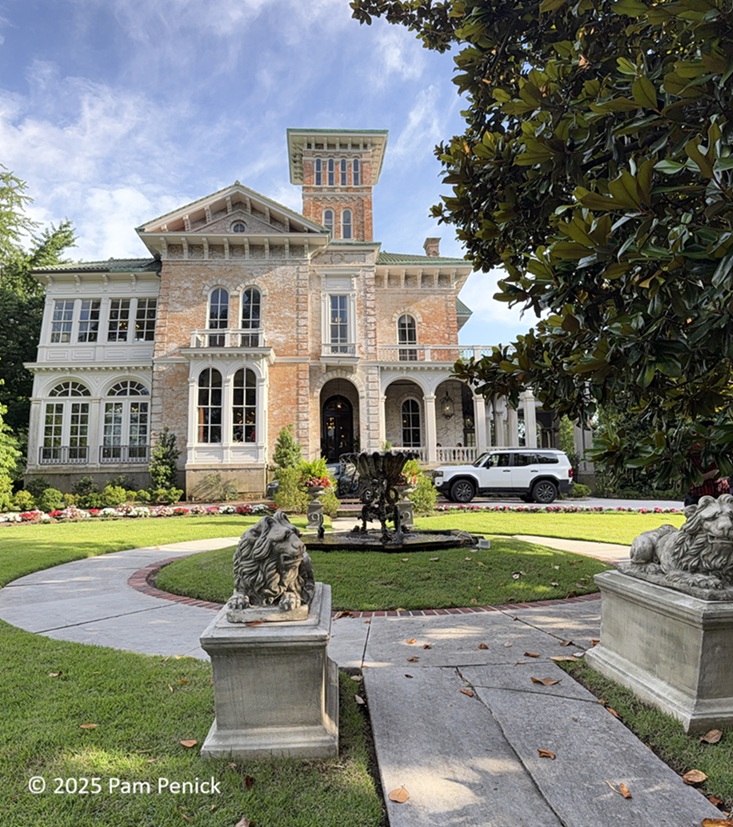

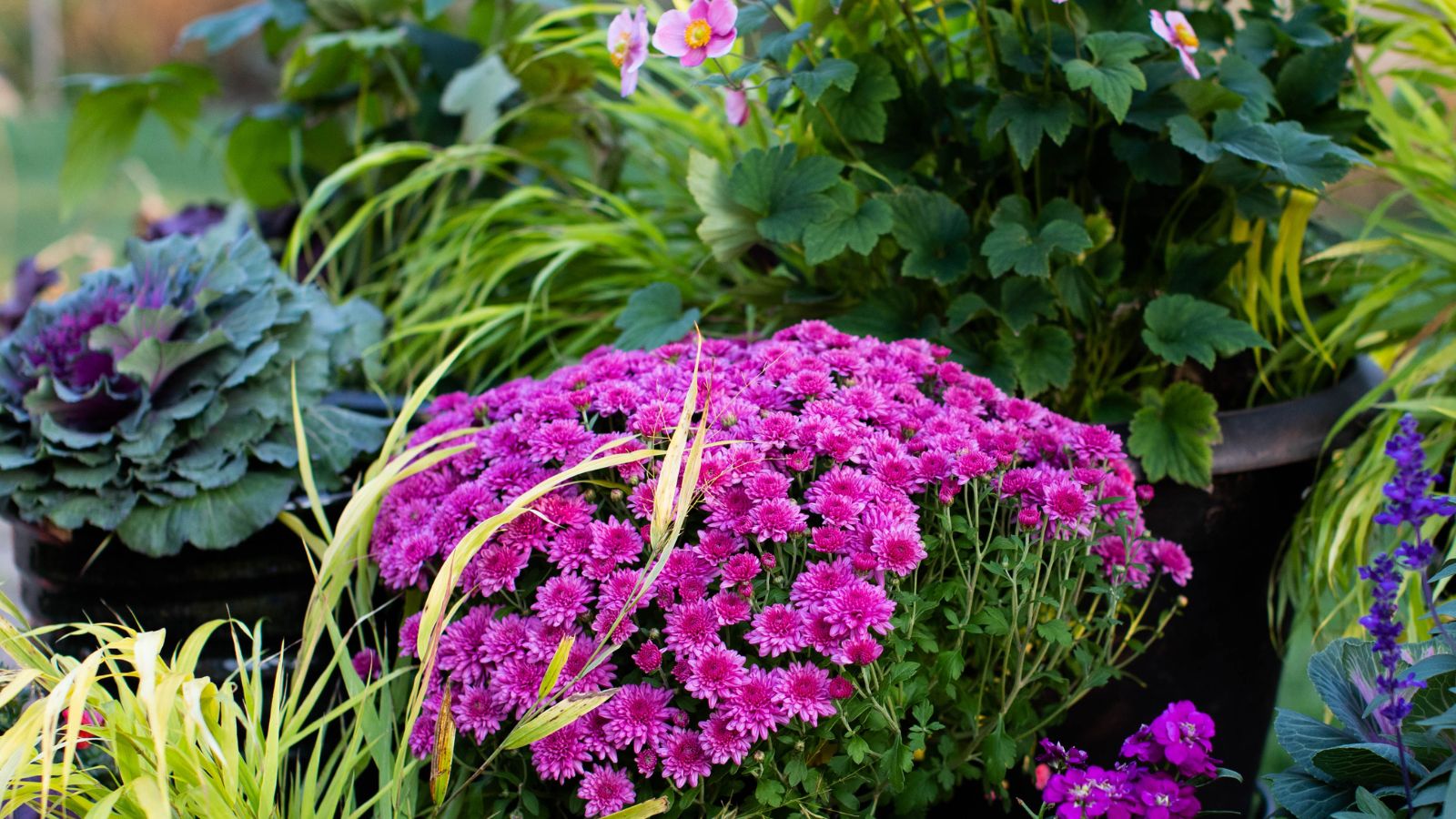
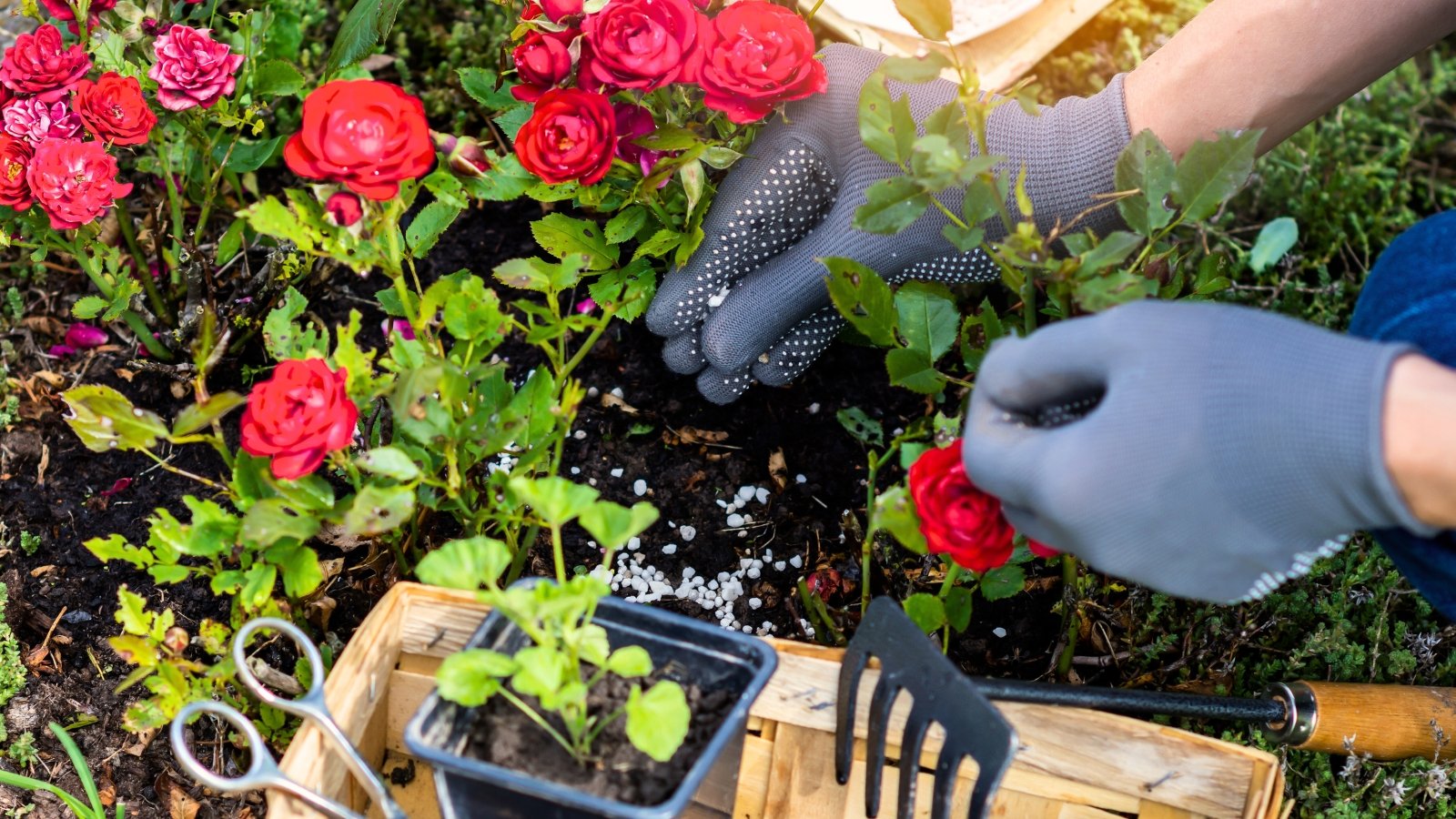
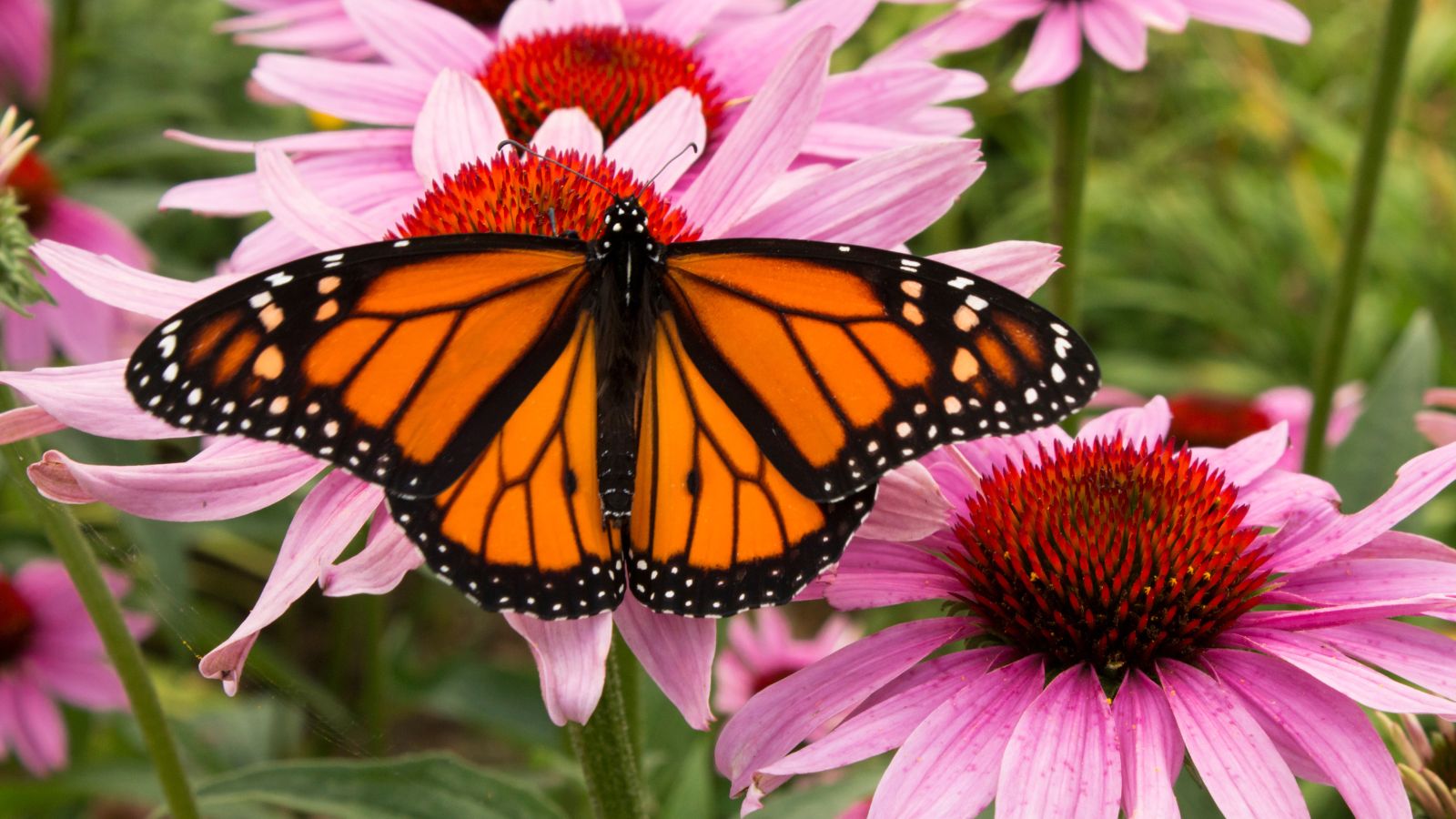
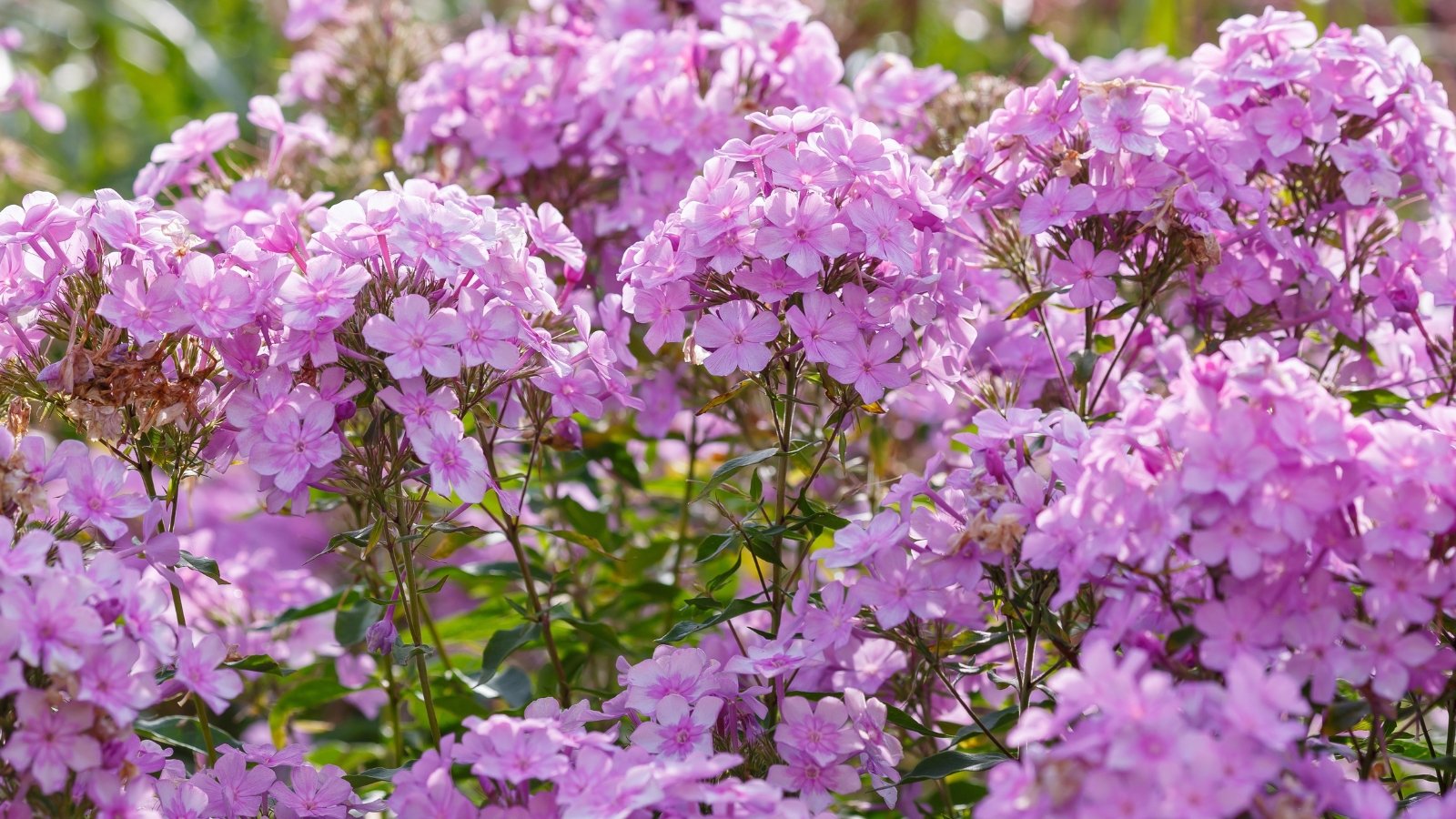
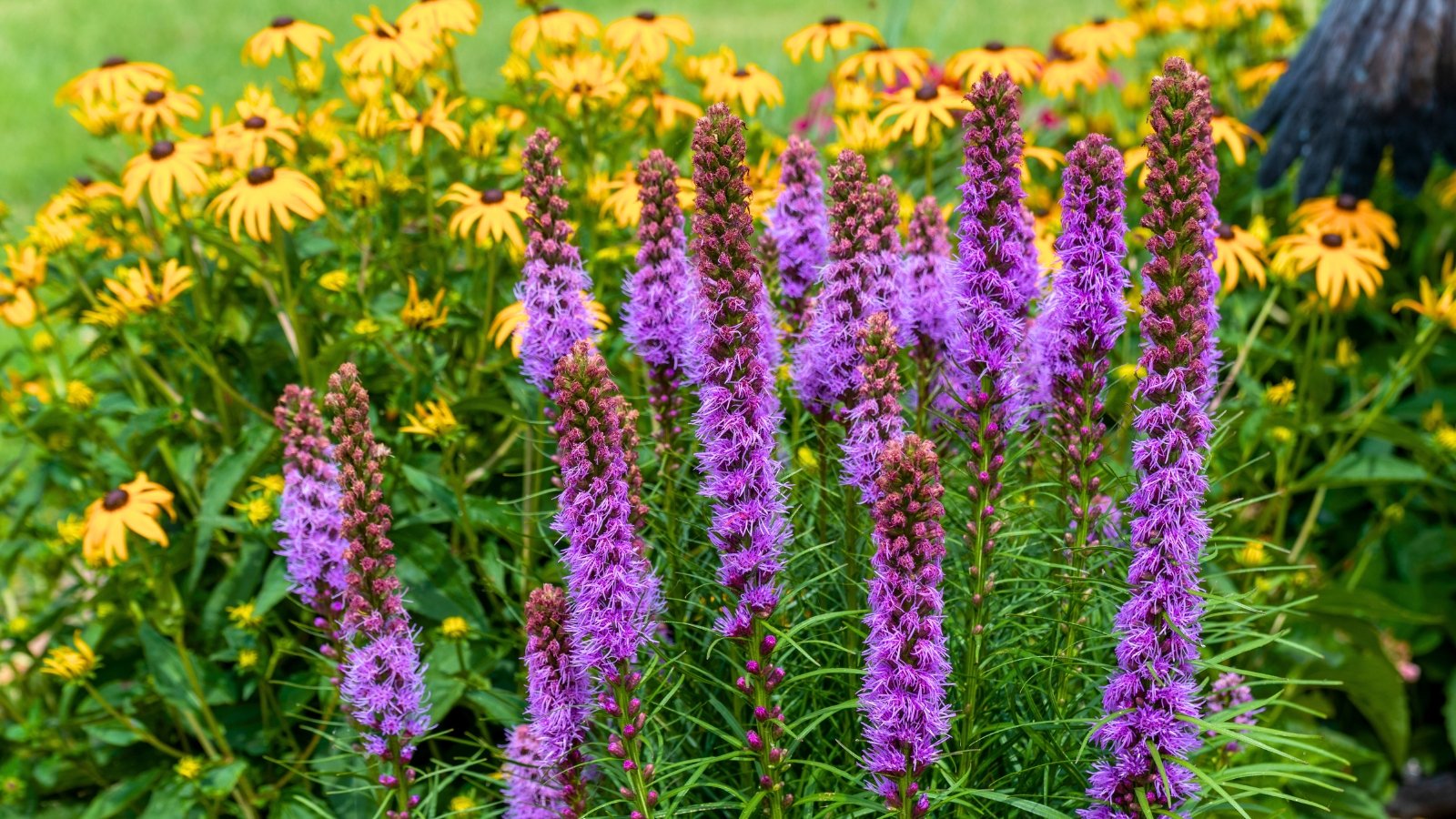














 English (US) ·
English (US) ·  French (CA) ·
French (CA) ·